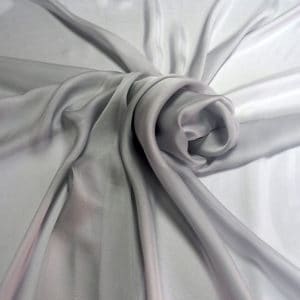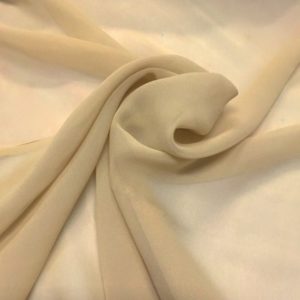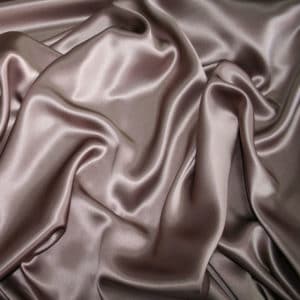Silk, perhaps already familiar to most of the world’s fashion lovers. In several first collections of MOCÈ, we also used a few materials that contain silk threads in the fabric. Call it the Ara set, Selene top, Rhea slit top, are some collections that contain silk thread in the fabric. The fabric itself has several advantages, but before that, let’s speak about how silk originated in the first place.
The Origin of Silk
Leizu, known as Xi Ling Shi, The woman behind the silk, if you talk about silk fabric you will surely hear a lot about this woman, an empress of the Huang Di empire around the middle of the 3rd millennium BC. During the Huang Di imperial era, 1km long skeins of silk were discovered. The cocoons of silkworms could be rolled, spun, and woven, and early sericulture became an important feature of China’s rural economy.
In Chinese legend, it is said that once Leizu was relaxing and drinking tea under a tree when suddenly a silkworm cocoon fell into his teacup. Leizu tried to get rid of the silkworm cocoon and found a shiny strand of thread unraveling from the cocoon. The curious Leizu finally plucked the few remaining cocoons, the threads were then woven into sewing and made clothes for the emperor Huang Di, her husband.

(Source: Kong Lihang -ChinaStock Photo Library)
It’s also said that Leizu is a person who loves art, throughout history, the empress was ceremonially associated with sericulture. Leizu has provided outstanding examples of brocade, gauze, and embroidery with pictorial designs as well as the first full outfit. Women empowerment at its finest!
Related article: MOCÈ and Women Empowerment in Indonesia
Various Types of Silk
Along with the development of technology and the times. The processing of silk thread as a fabric also began to develop. Variations of silkworms, processing processes, and several other yarn materials are also mixed to create different variations and characteristics of the fabric. Here are some examples of the most commonly used variations of the type:
Chiffon

A sheer, elegant fabric with a slightly rough gauze-like texture and a beautiful drape. Made from fine twisted fibers, Chiffon is a very lightweight fabric with a slight stretch to it.
Dupion Silk

A plain-weave, tightly woven double-thread silk with a crisp, textured appearance. Woven with different sized weft and warp threads produces a strong, durable fabric with a lustrous shine. Notice the occasional black speck which may run through the weave, this is part of the original cocoon of the silkworm.
Georgette

Made with highly twisted yarns, Georgette is a sheer, lightweight, plain-weave fabric with a coarse texture. Not to be mistaken with Chiffon, Georgette is a heavier fabric though carries the same characteristics in terms of not creasing and holding a beautiful drape.
Satin

Oozing opulence, pure satin is a highly valuable material with a rich look and feel. The glossy, shiny surface is smooth to the touch and emits a mesmerizing shine.
Velvet

A luxurious, medium-to-heavy-weight fabric made with multiple warps and wefts. Unusually soft and creates a beautiful drape with a premium shine that catches the light in different ways.
Related article: Various Types of Satin Fabric and How to Use It
The Advantages
Lightweight, Due to the characteristics of this silk material, it makes the impression that the material “falls” is more popular to be applied to women’s clothing such as dresses, shirts, and pants.
Durable and long-lasting, the protein content of sericin present in the fabric makes its fibers protected from external influences. mites and dust will not appear on the original silk material.
Mild and capable of absorbing sweat, the thermoregulatory properties of silk make clothes made of silk cool when worn in hot weather, and warm when worn in cold weather. Silk products are also able to absorb moisture perfectly.
Sensitive Skin Friendly, if you are a person with sensitive skin, maybe silk fabric can be an option because the material has anti-allergenic properties. Usually, in the process of making quality silk, there will also be minimal use of chemicals.
Read more: Considering Pre Order System as Sustainable Fashion-thing
